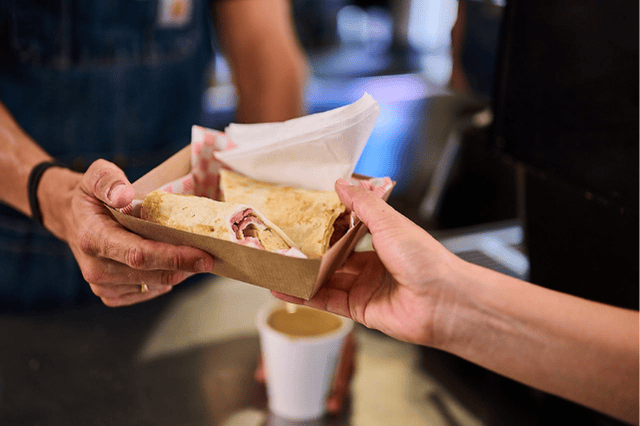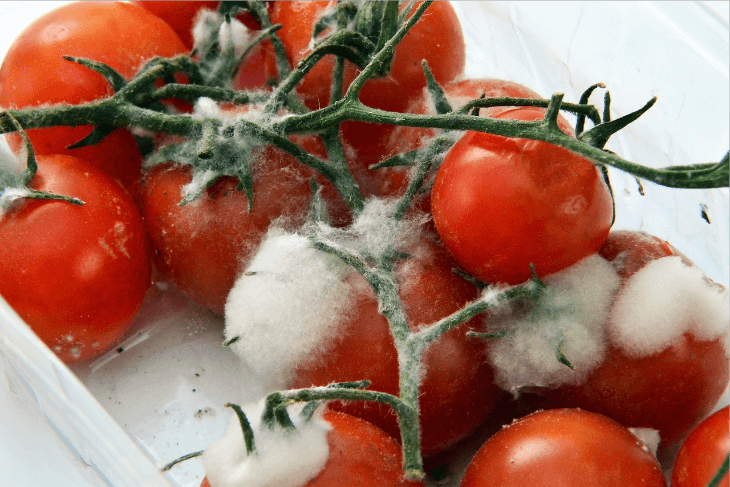
'Taking-away' the recycling confusion
There’s a lot of confusion about what take-away items can and can’t be recycled. Find the answers to common questions.
Posted on: July 13, 2020
Disclaimer: This blog reflects information accurate at the time of its original publication. It has been preserved for archival purposes and may not reflect the most up-to-date details or developments.
Believe it or not, the average WA household throws away thousands of dollars every year…in wasted food that is. In fact, it’s estimated that around a quarter of all food purchased ends up in the bin (and often then landfill) rather than our stomachs.
But it doesn’t need to be that way.

That’s why we’ve put together the WasteSorted guide to cutting food waste, starting with these seven simple ideas that will require very little effort but will help your household make a big difference:
It’s true – by topping up your energy levels before you shop, you’ll be more focused and less likely to purchase items impulsively. And while you’re thinking about pre-shopping preparation, don’t forget to make a list of what you really need, rather than try and shop from memory and return home with items that are already sitting in your fridge and pantry.
Spice up future grocery shops with a fun new game that requires you to stop before you reach the register, select between two and five items and return them to the shelf. Buying fewer items will mean you’ll need to make do with what you already have at home, and ultimately that will help you to waste less.
It sounds like common sense, but little things, like leaving skins on potatoes and carrots, or using up delicious broccoli stalks, can make a big difference to what gets thrown out in the kitchen. Cooking larger meals and packaging up the leftovers for future lunches or dinners doesn’t just save on food waste, it’ll also save you money.
Always smell and taste before you throw – when stored correctly, some items will be perfectly fine to eat days, weeks or even months after the little date stamped on them. And remember, while a slightly limp veggie might not make an ideal salad ingredient it can still be a tasty addition to a soup, curry or bolognaise mix.
Just because a recipe says to use fresh pineapple it doesn’t mean you can’t put that tin of pineapple chunks that has been languishing at the back of the cupboard to good use. Likewise there’s no restaurant critic peering over your shoulder telling you that you can’t substitute an ingredient you don’t have with one you do, so get experimenting…and use up those items that might not last much longer.
Get inspo from someone in the know. Simple tricks, like storing bunches of herbs in a sealed jar, placing asparagus in a cup of water, putting a paper towel in with your spinach or quarantining your bananas so they don’t cause the rest of your fruit to ripen too quickly can result in items staying fresh twice or three times as long. Oh and don’t forget that leftover bread will last much better in the freezer than it will in the fridge!
Worm farms (and traditional and Bokashi-style composting) are simple to introduce to your daily routines. The advantage of these is that you won’t just reduce the amount of food you throw away, you’ll be transforming it into nutrients for your garden. Win-win!
For more information on how you can reduce waste in the kitchen visit our dedicated page. We’d also love to hear what you’re doing to reduce food waste in your home so don’t forget to use #WasteSorted on social media or drop us a line.

There’s a lot of confusion about what take-away items can and can’t be recycled. Find the answers to common questions.

Talking more about waste - around the dinner table or at a sports match, can make a difference to what you do and what others are doing. Find out how you can Own Your Impact.

Did you know that in the past 70 years around 8.3 billion tonnes of plastic has been produced globally, but that only about 9% of it has been recycled? Pretty depressing right?